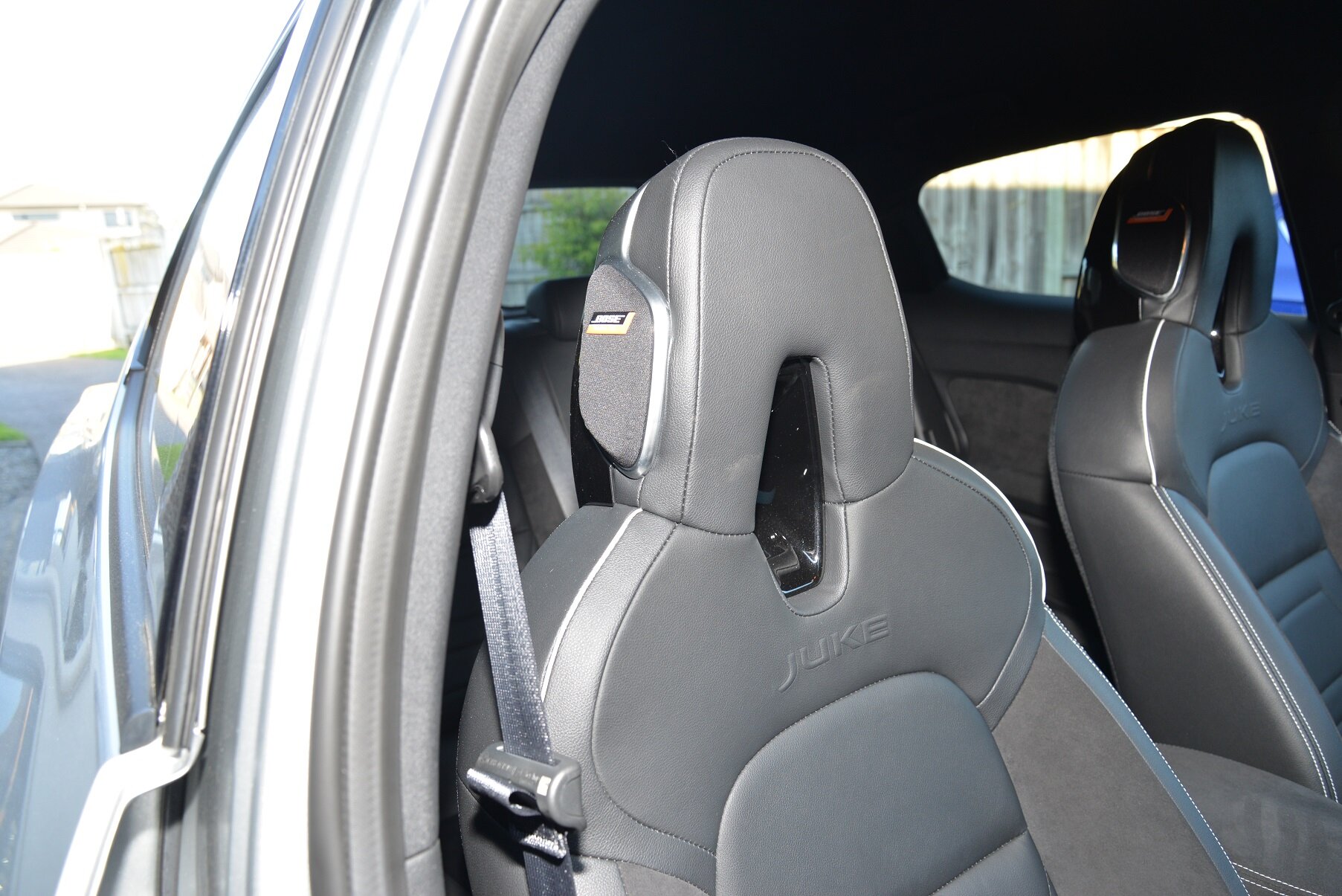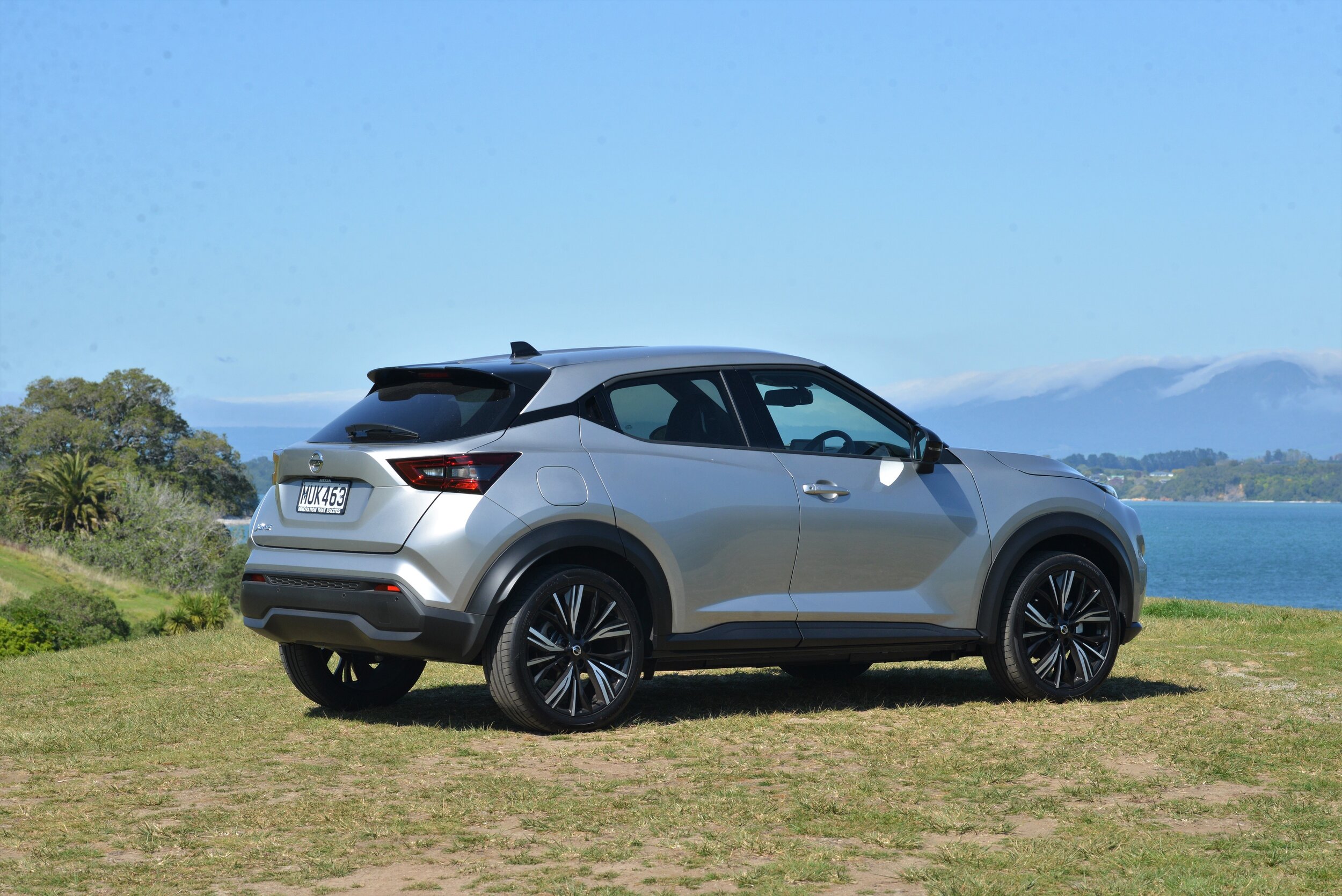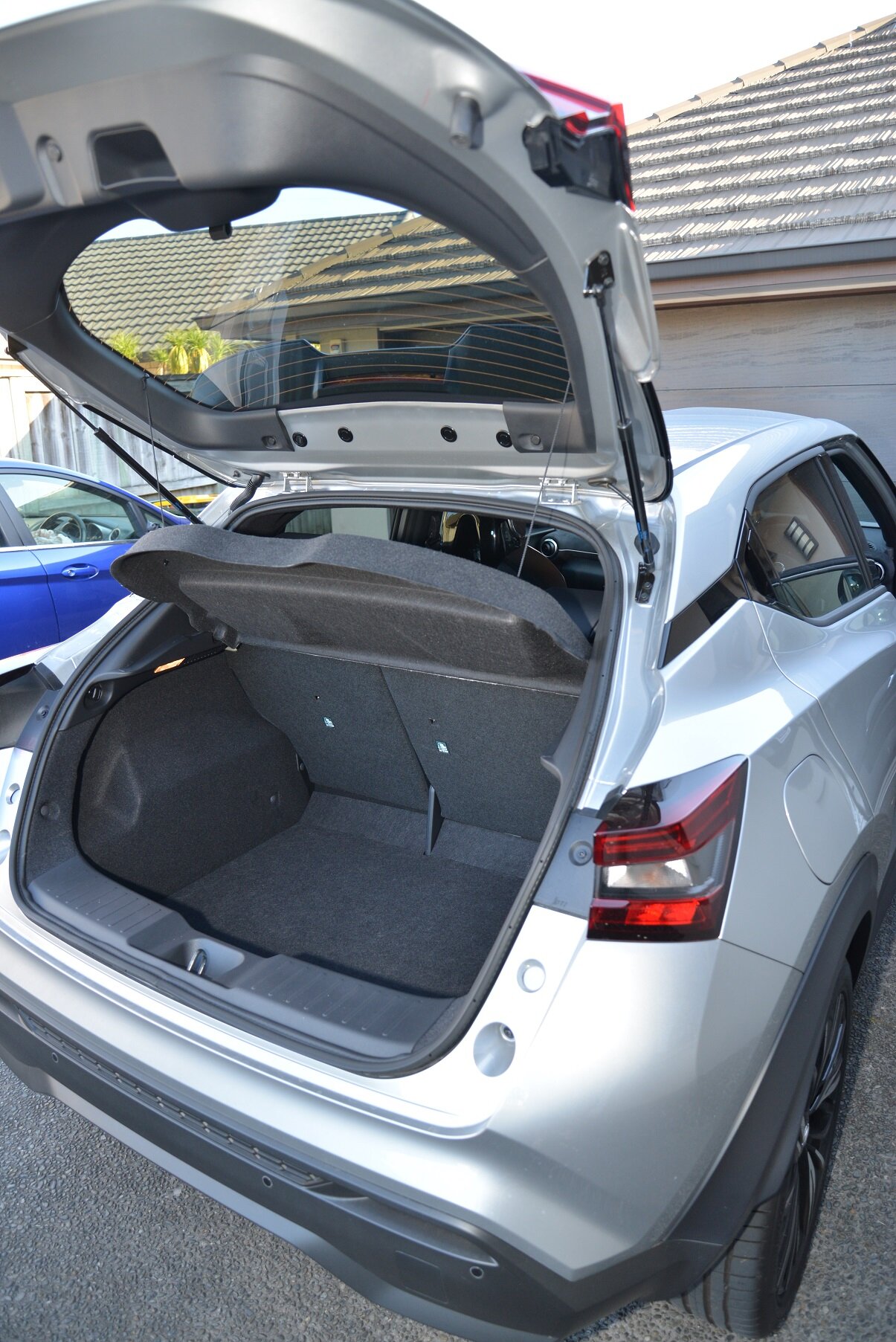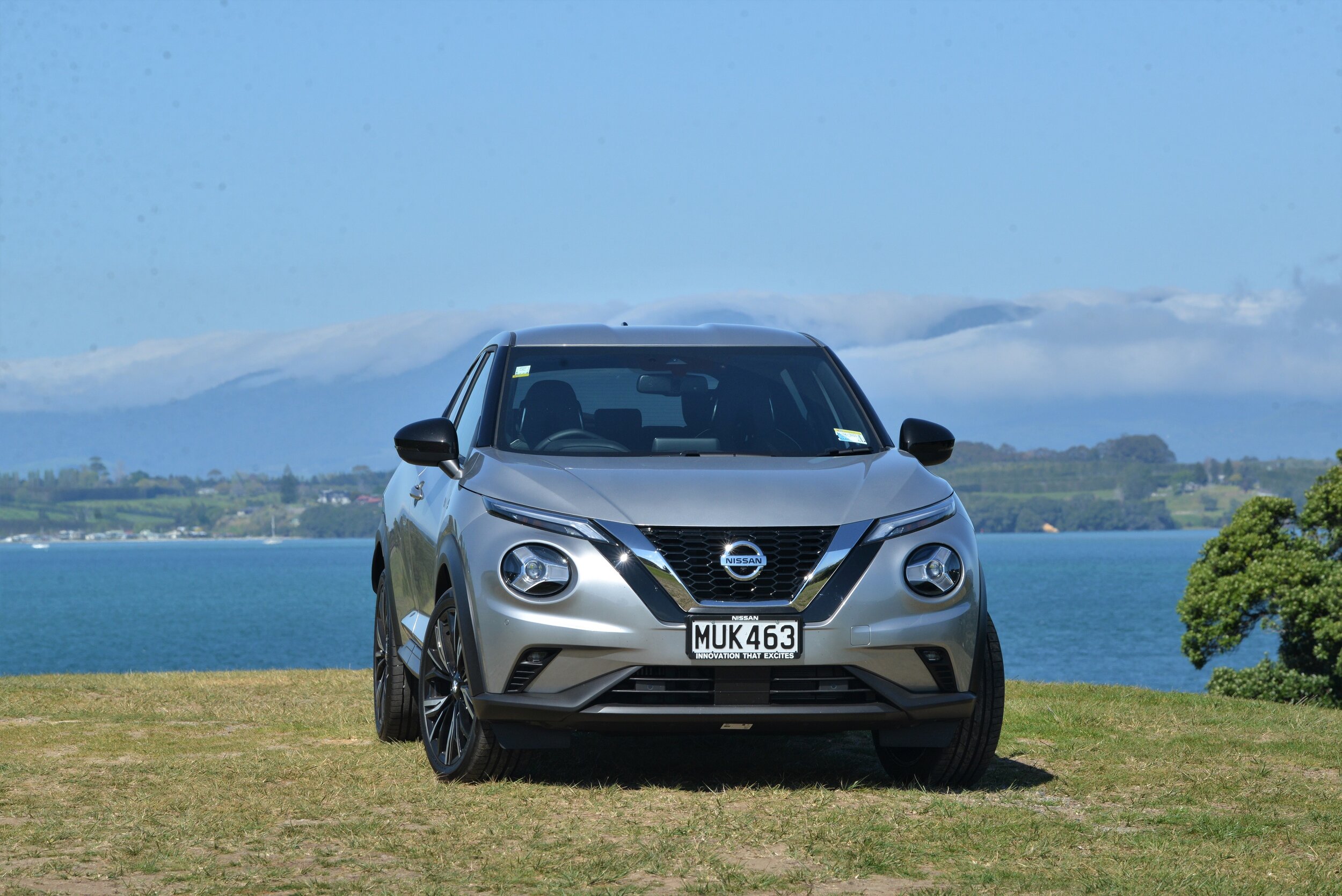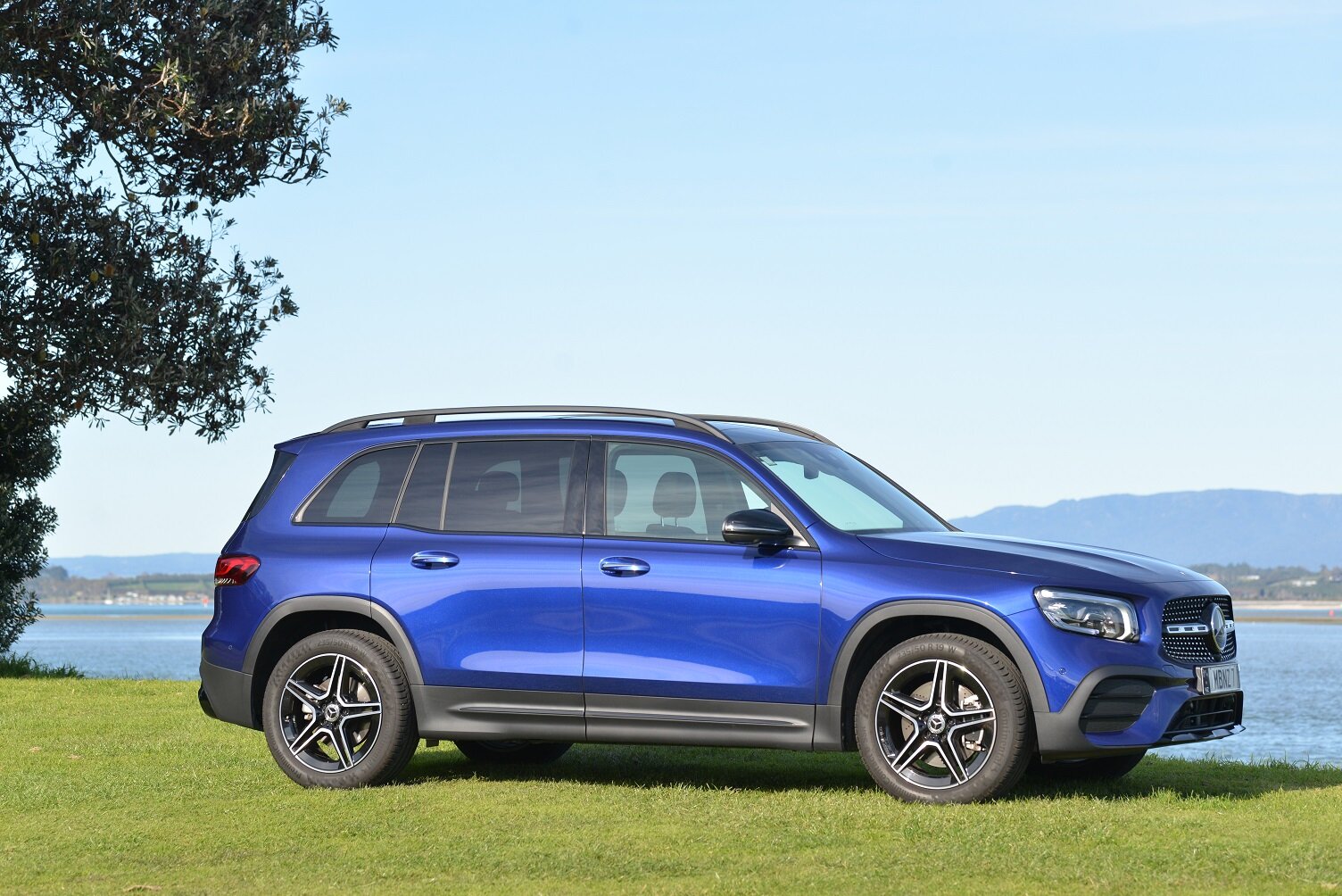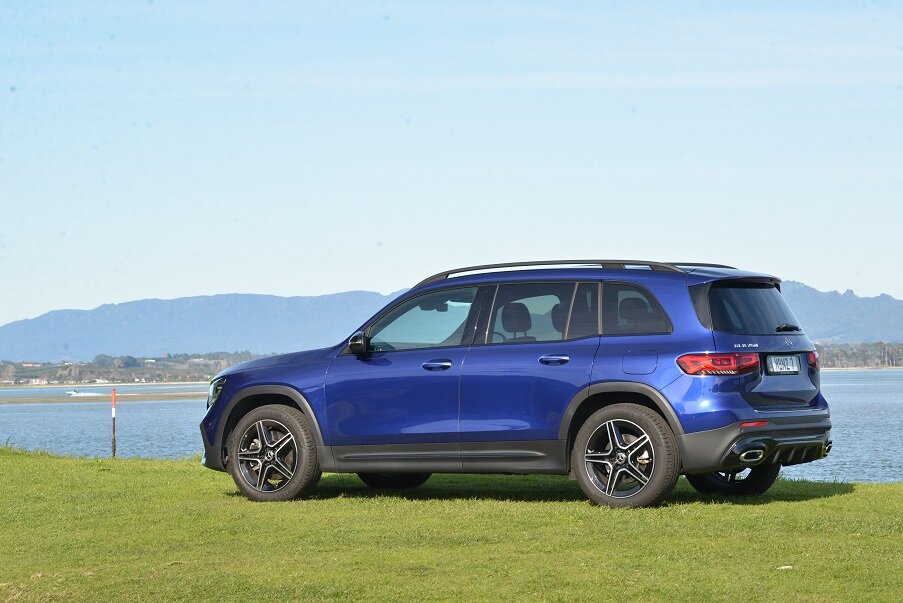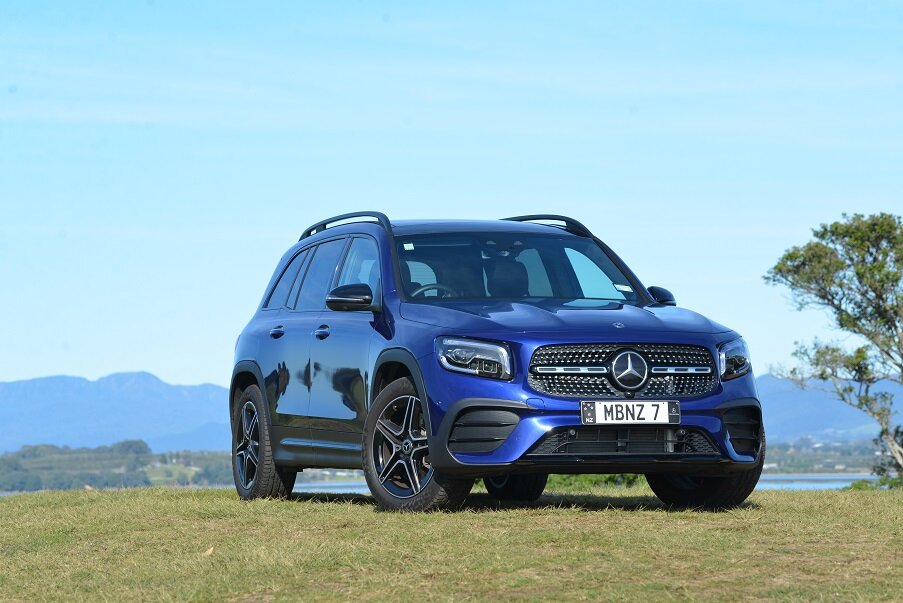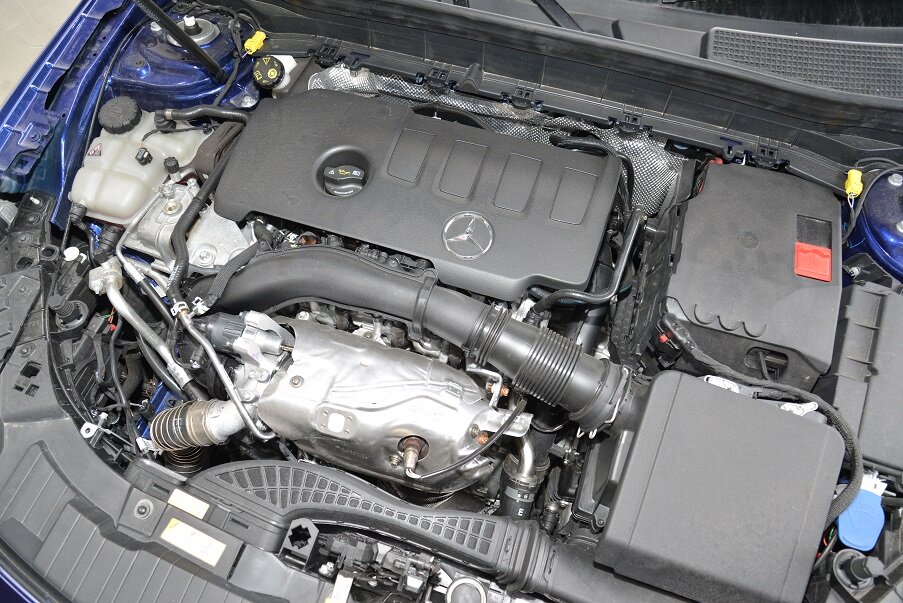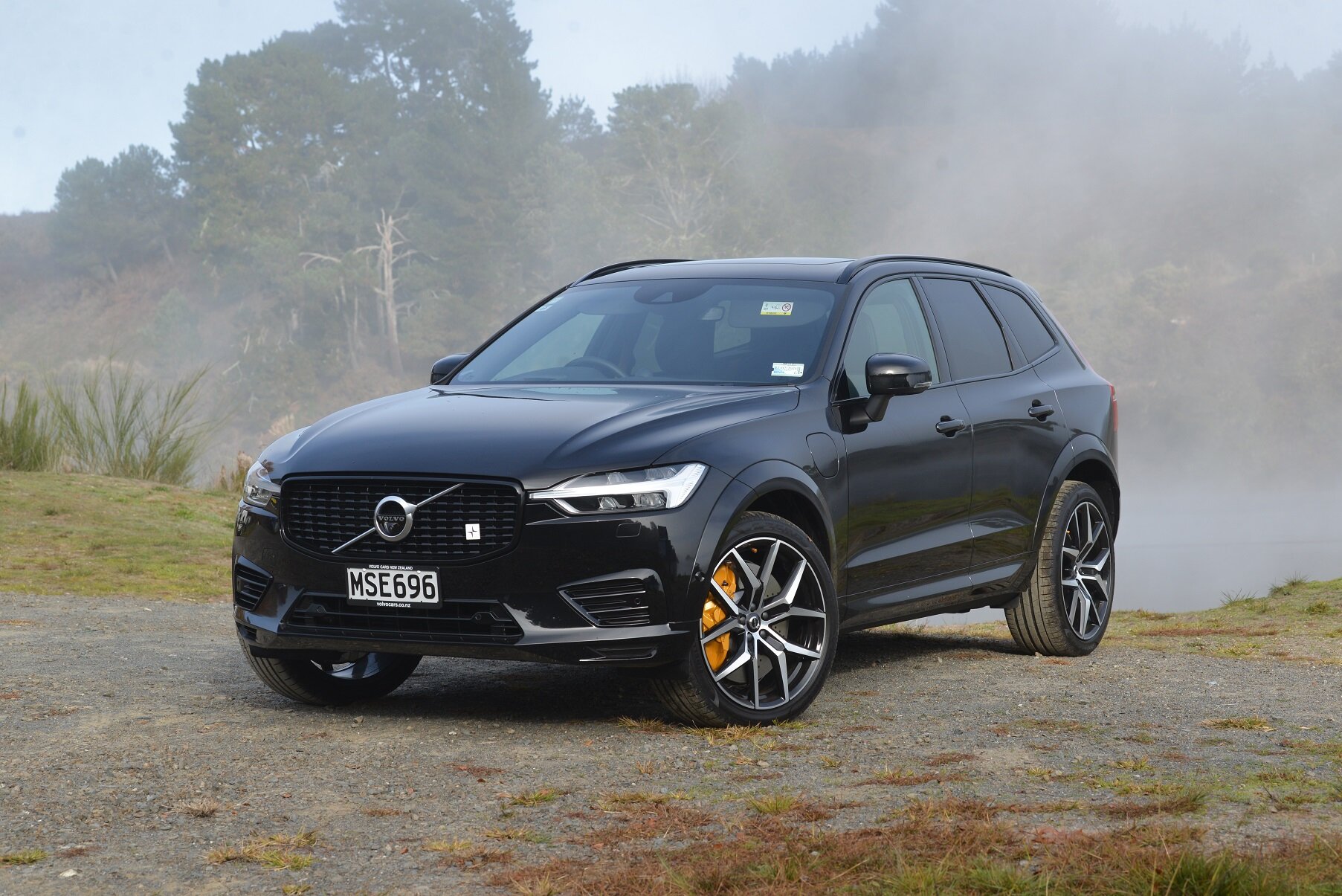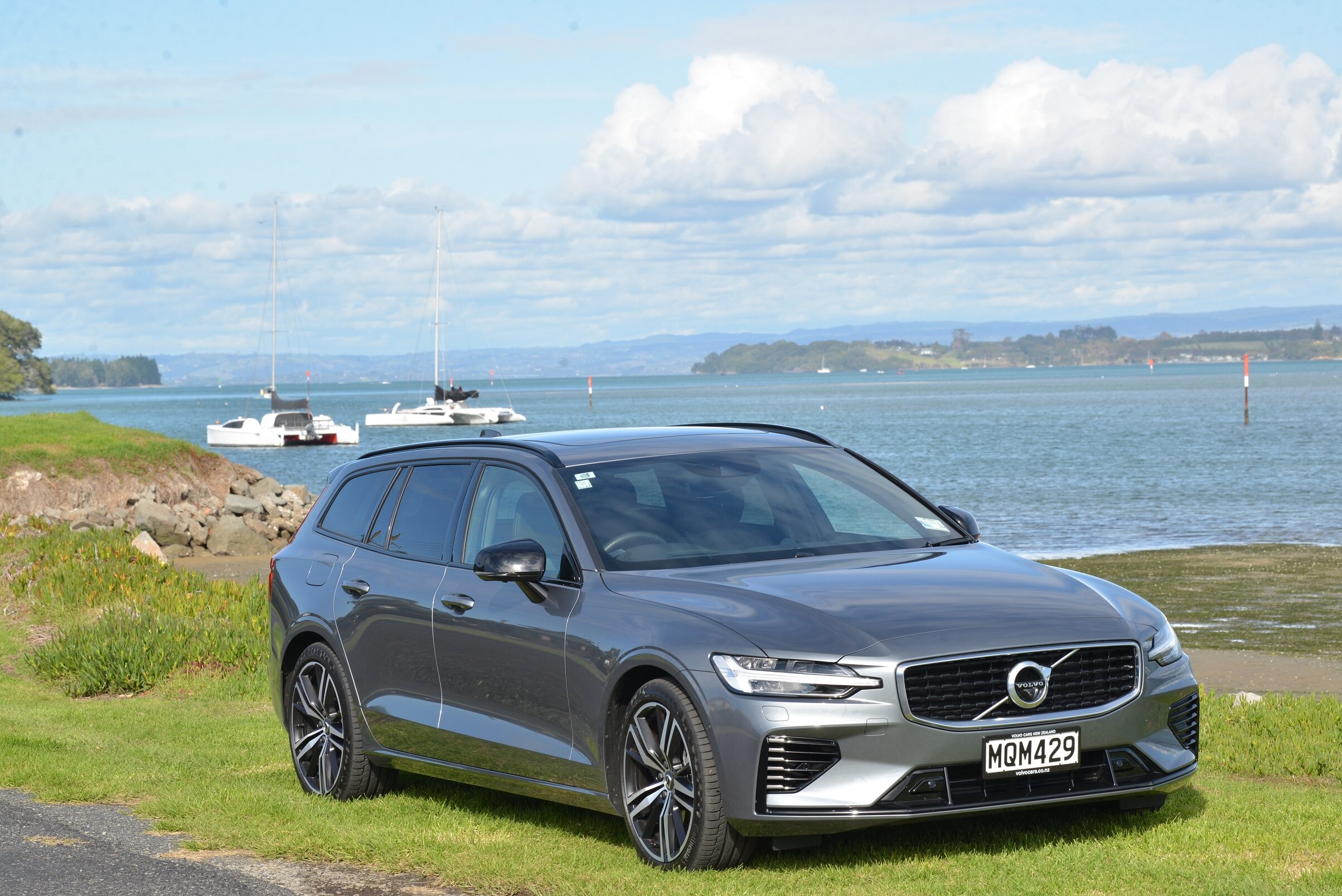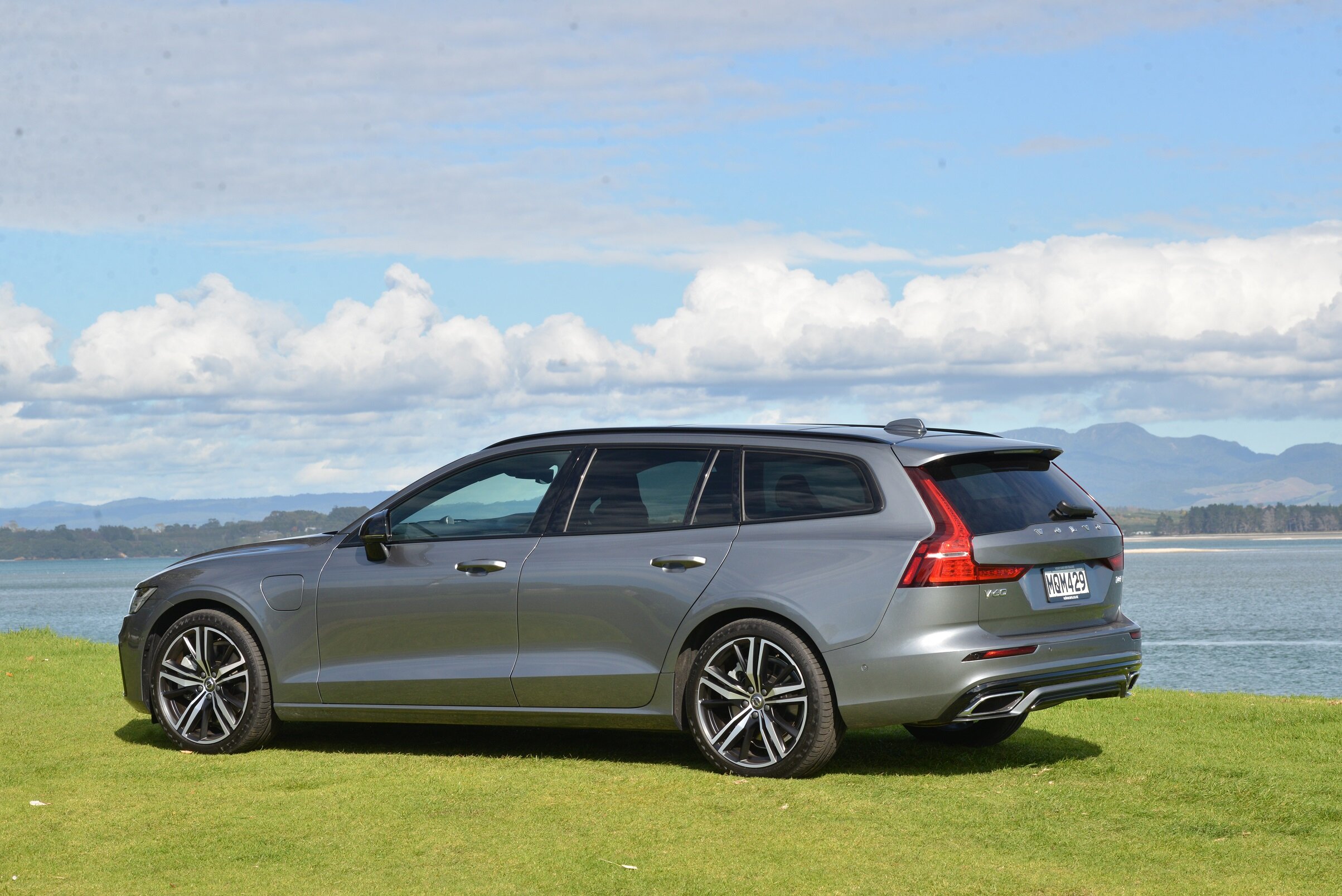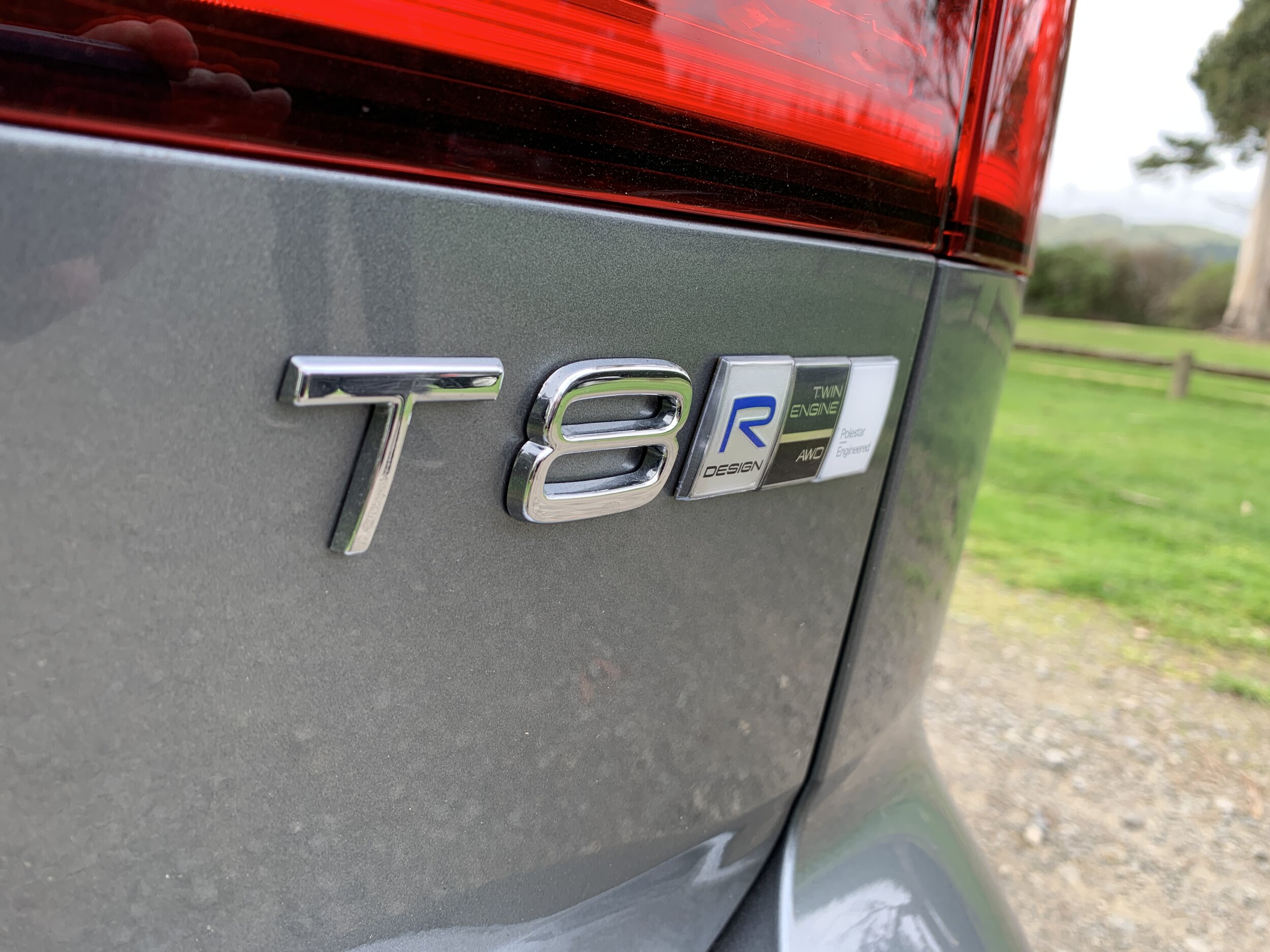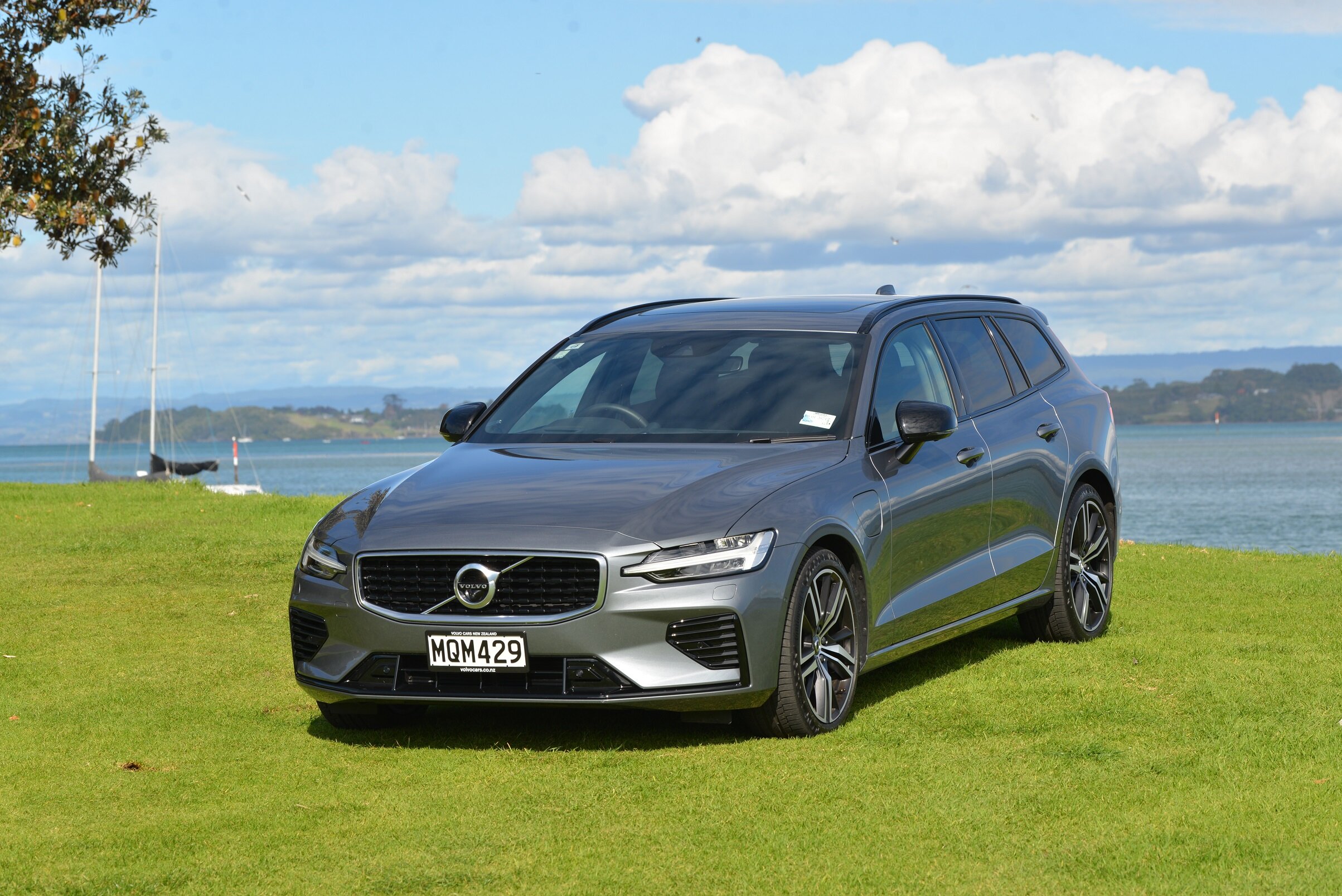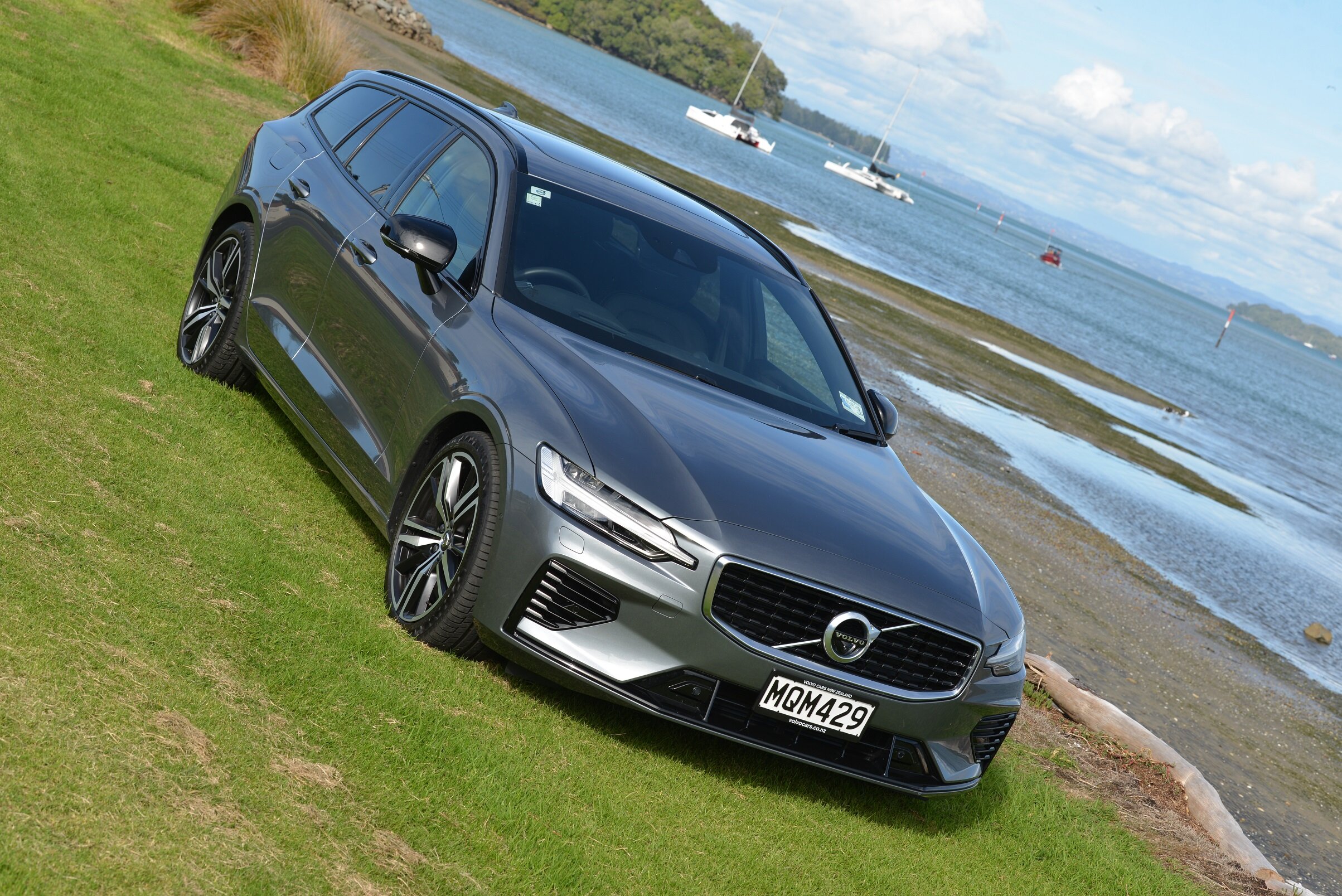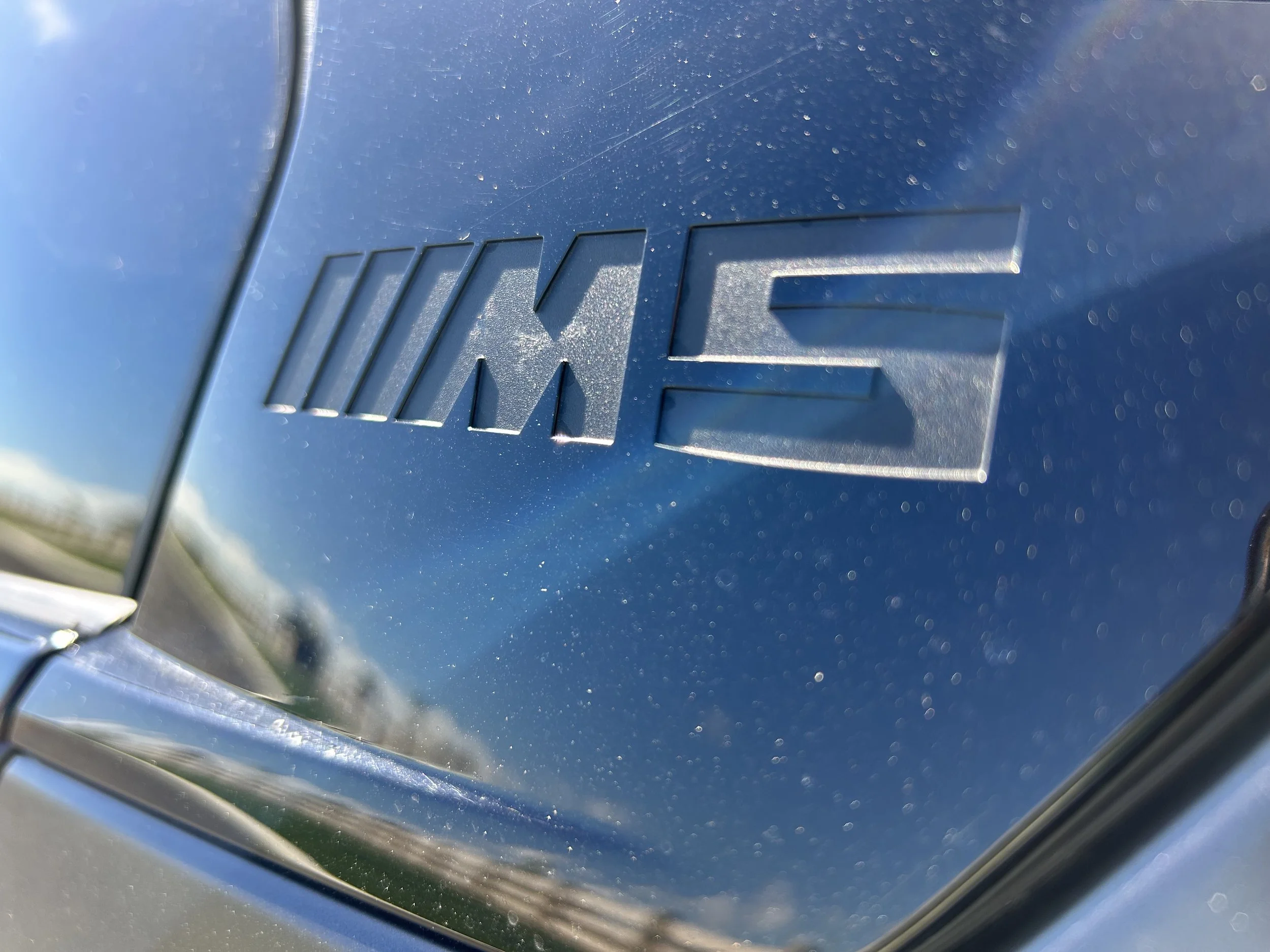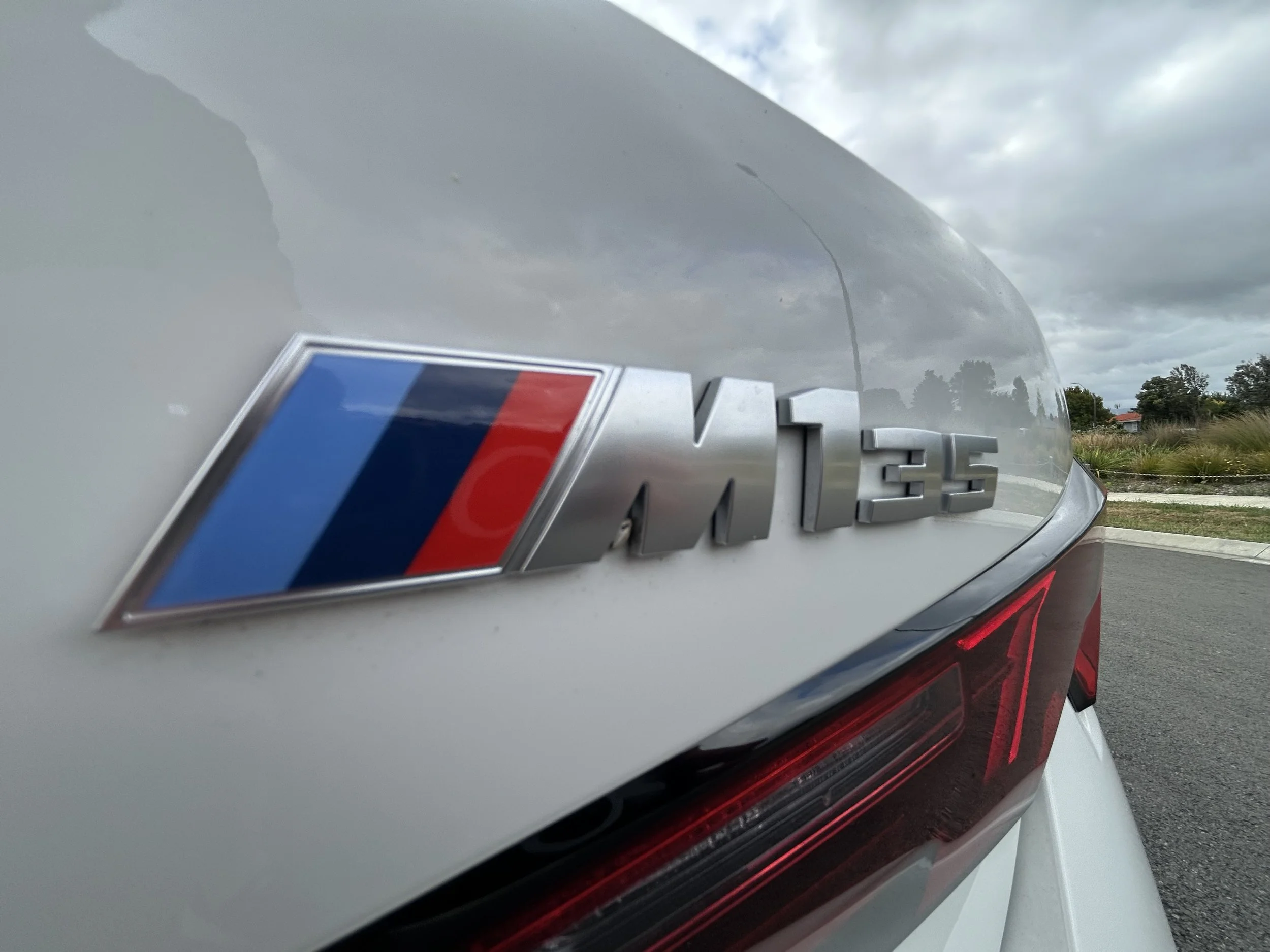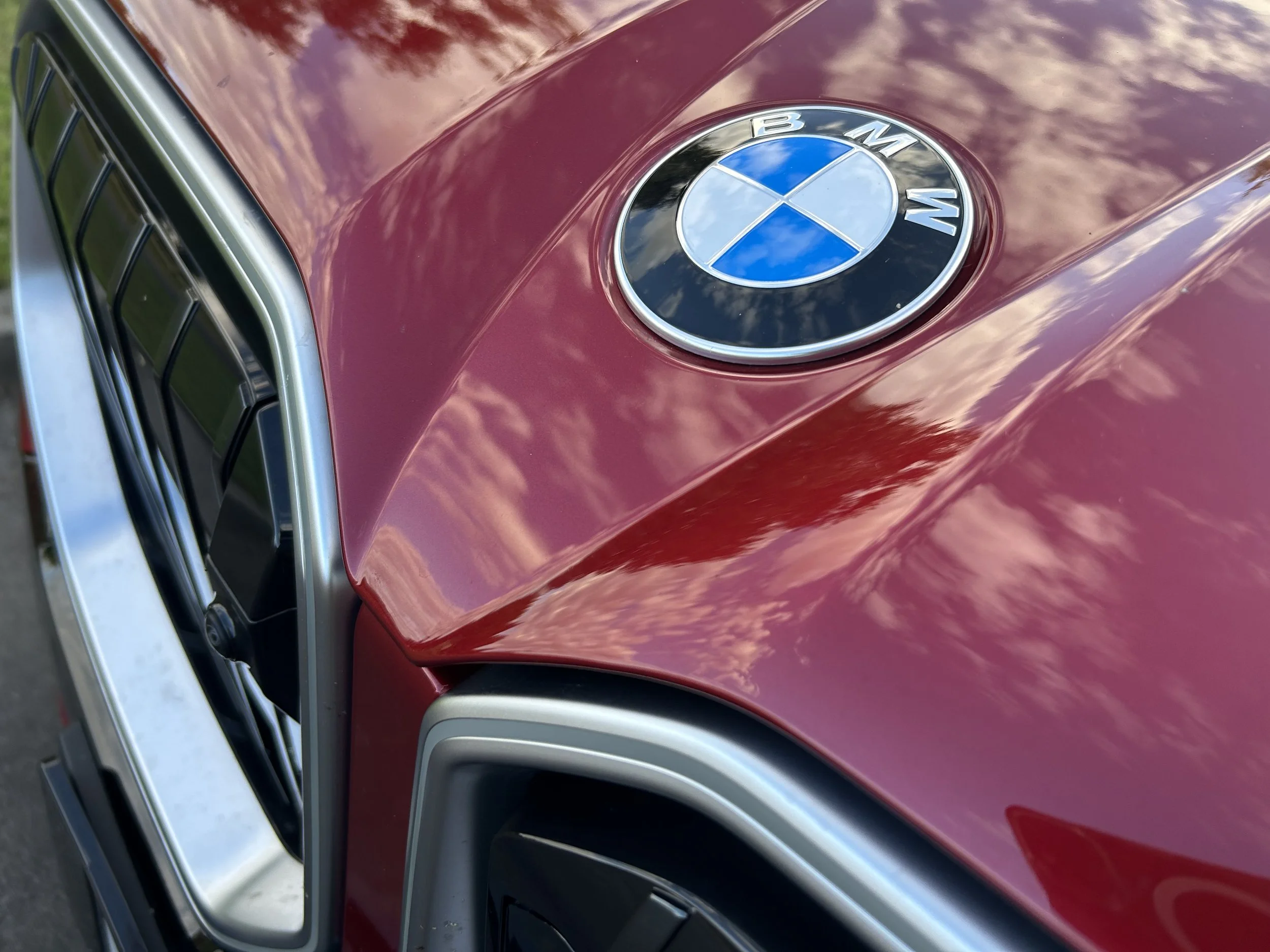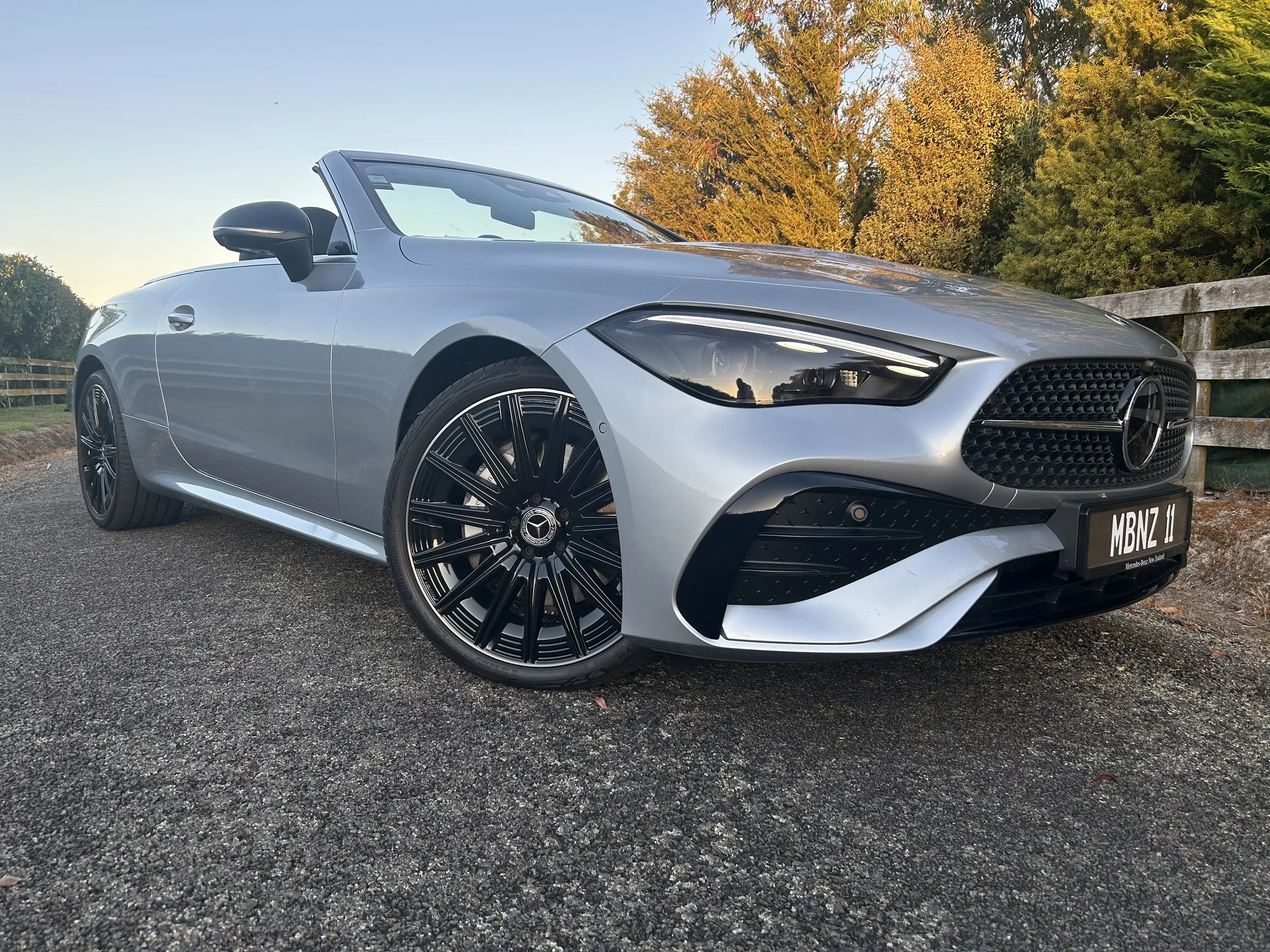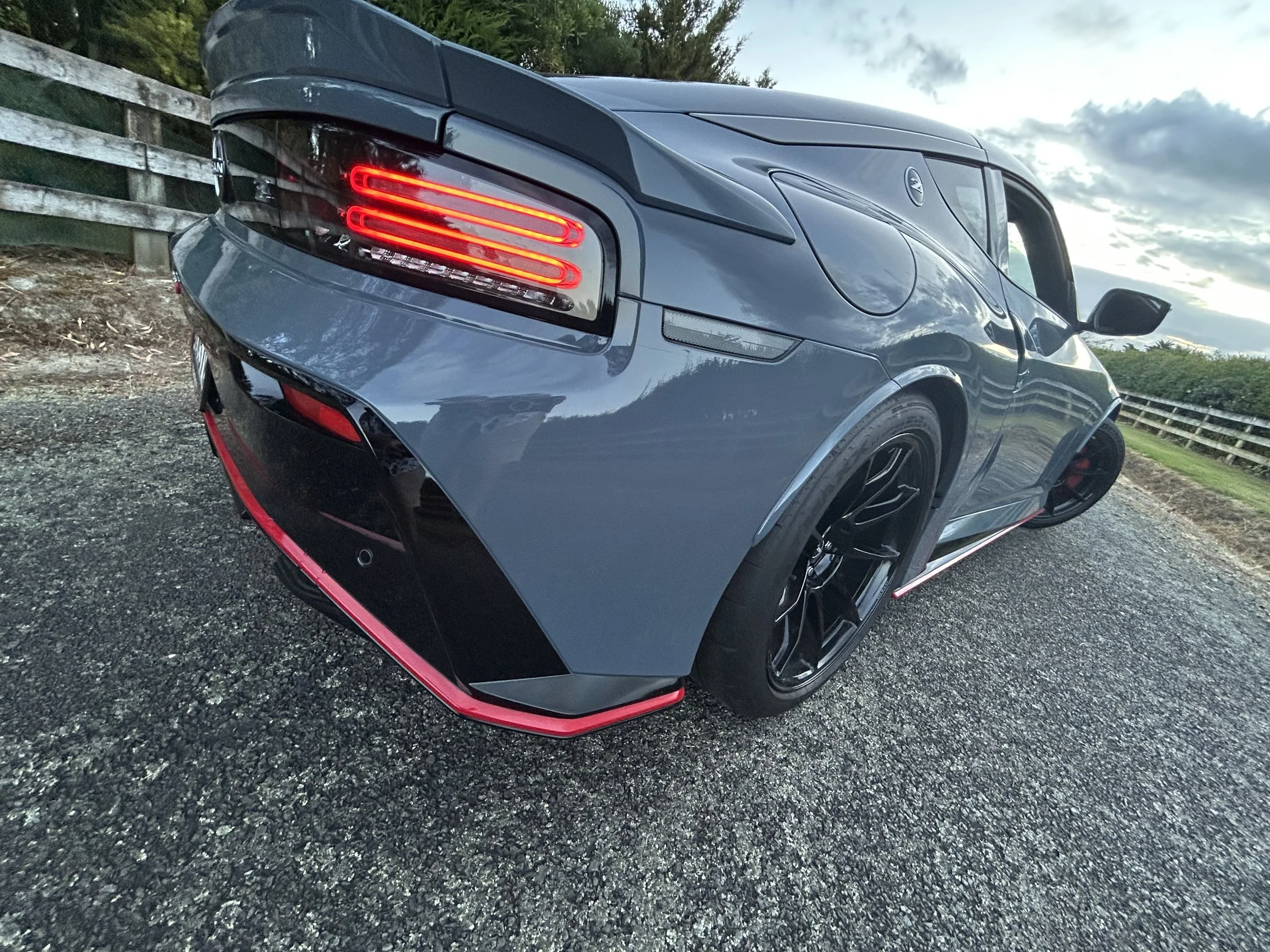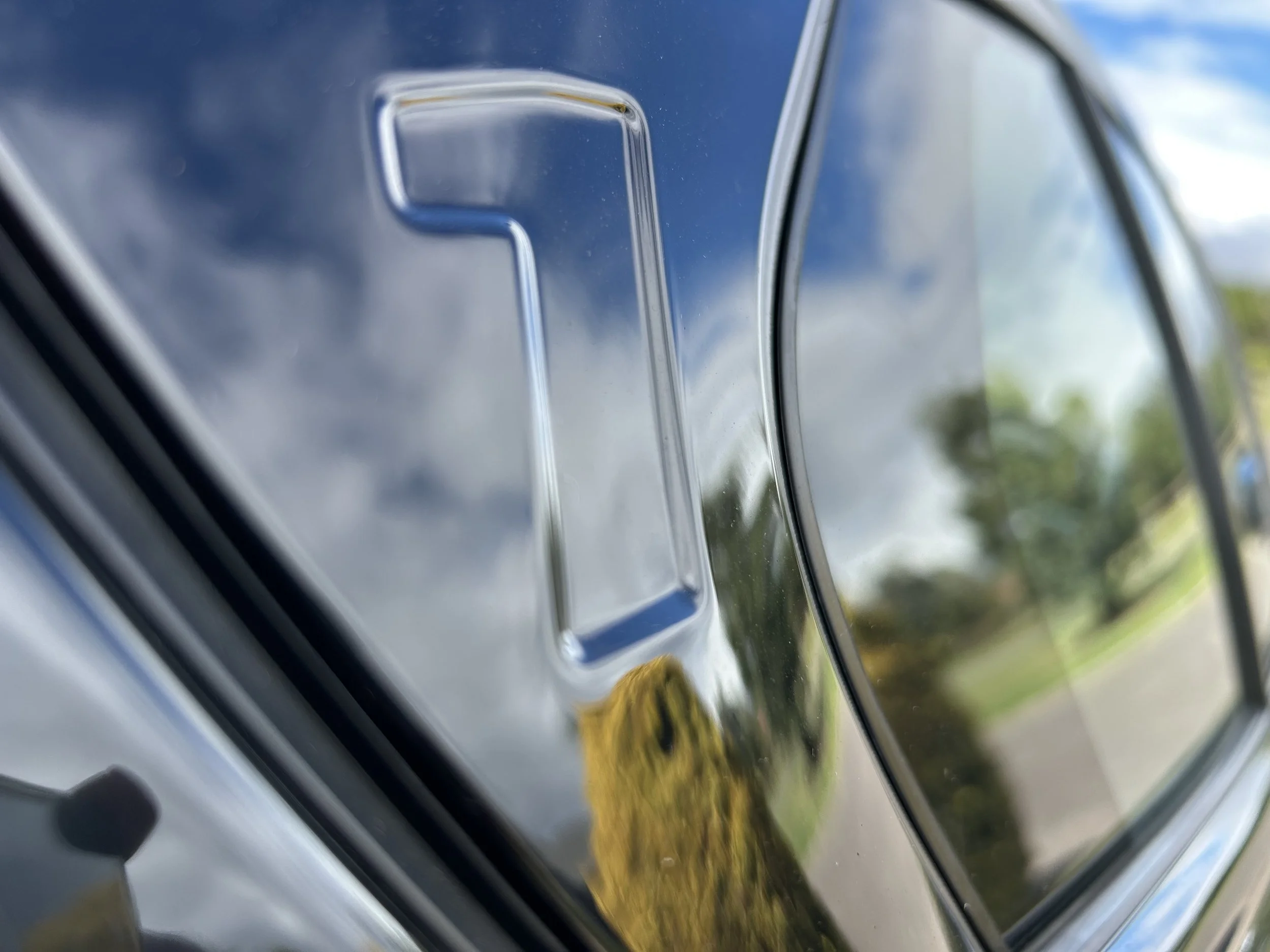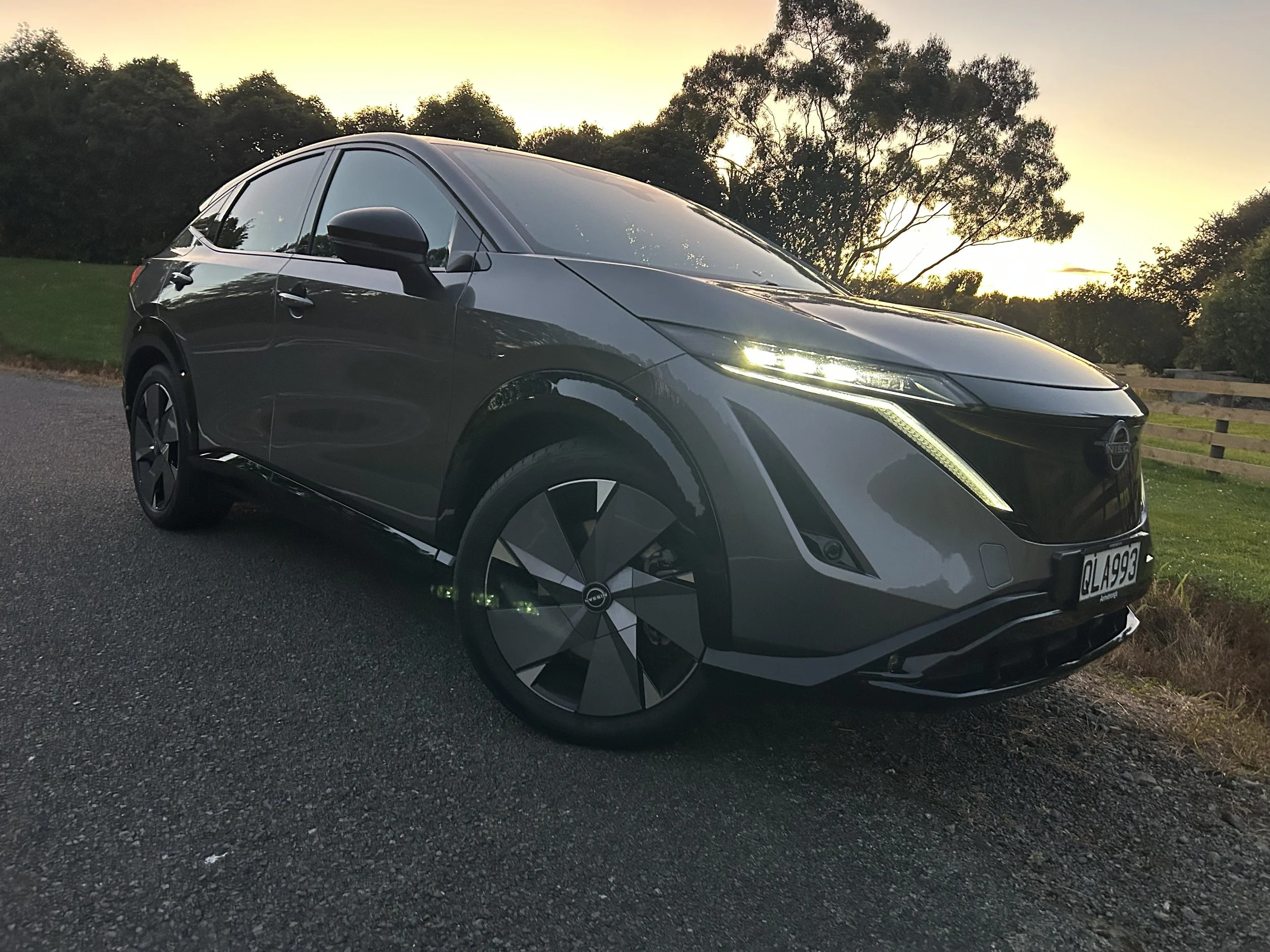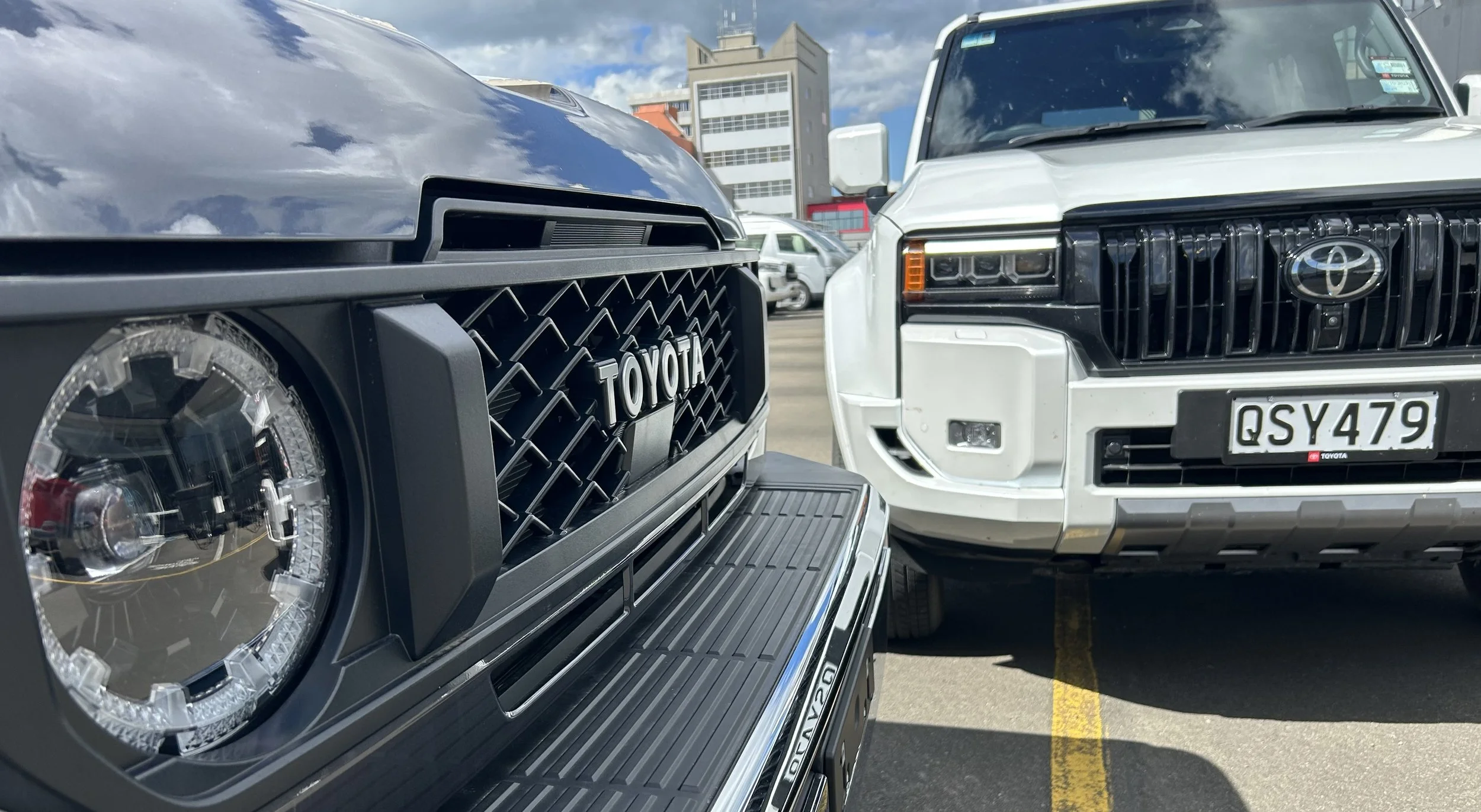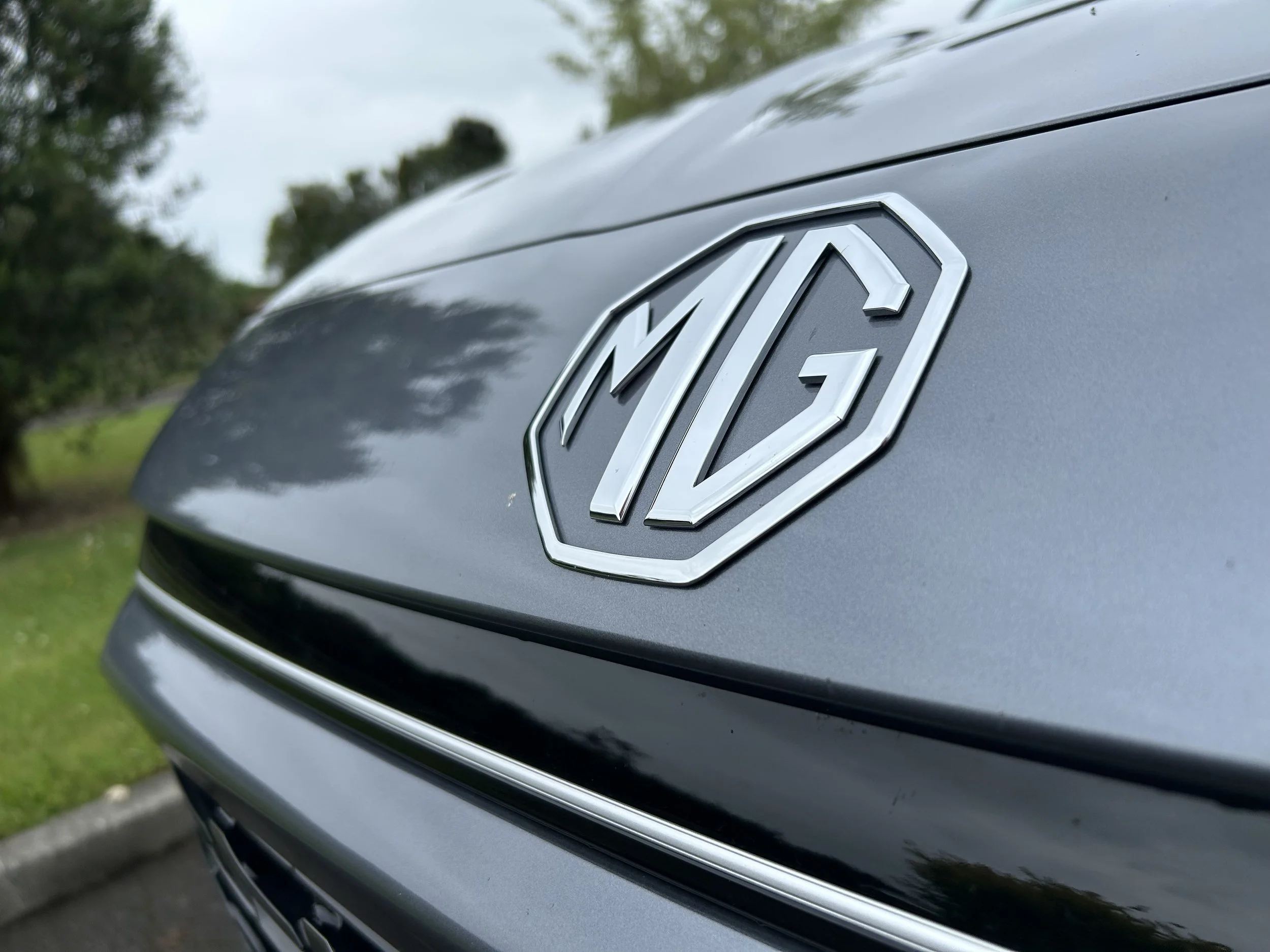Toyota Hilux 4WD SR5 Cruiser: New tricks for the top dog
/The plush edition of this toiler accounts for almost half of Hilux volume. So it needs to be good.
Images: Colin Smith and supplied.
Price: $58,990
Powertrain and performance: 2.8-litre four-cylinder 16-valve turbocharged diesel engine. 150kW/3000-3400rpm, 500Nm/1600-2800rpm. Four-wheel-drive. Combined cycle fuel consumption 7.9L/100km (claim), 9.3L/100km (road test).
Vital statistics: Length 5325mm, height 1815mm, width 1900mm, wheelbase 3090mm. Wheels: 18-inch alloys with 265/60 R18 Dunlop Grand Trek PT tyres.
We like: Comprehensive safety and driver assist features and improved response from the upgraded diesel engine. Larger touchscreen and long-awaited addition of Apple CarPlay and Android Auto.
We don’t like: Unsure if the claimed fuel consumption improvements are achievable.
IT WAS a very brief reign for the 4WD SR5 Cruiser as the flagship of Toyota’s upgraded 2021 Hilux range.
From an evening press conference till afternoon tea the next day the SR5 Cruiser was king of the hill in the Hilux family.
Then the Raptor-hunting Hilux Mako arrived from out of the sky – slung below a Blackhawk helicopter – and immediately the SR5 Cruiser seemed like just another Hilux.
Only available in Double Cab configuration with an automatic transmission, the SR5 Cruiser is positioned to showcase the full extent of 2021 upgrades across the Hilux range.
It’s only in partnership with the six-speed automatic transmission where the latest 50Nm torque boost to 500Nm from the 2.8-litre diesel engine is available.
And it’s the double cab configuration which benefits from the full scope of suspension upgrades that deliver noticeably more settled medium-speed and highway ride comfort.
In spite of a $2500 price increase the MY21 SR5 Cruiser still finds an important sub-$60k price position at $58,990 (including on-road costs and the other benefits of Toyota’s Drive Happy programme).
Other aspects of the MY21 upgrade have seen the 4WD SR5 Cruiser specification boosted with the introduction of a nine-speaker JBL audio system, an auto-dimming interior mirror, stylish blue ambient lighting in the door trims, new matte and piano black interior surfaces, an upgraded instrument cluster and multi-info display and a new leather accented two-tone grey/black seat trim.
Exterior highlights include new 18-inch alloy wheels in a two-tone grey/black finish, the addition of welcome lights in the door mirrors, a unique black tailgate garnish and Cruiser-specific darkened detailing around the grille, bumper, headlight and fog lamp accents to give a much more defined front-end look to the Hilux.
It’s not just a 20kW power increase and 50Nm torque boost for the 2.8-litre diesel. It’s more refined with quieter cold start and warm-up idle characteristics.
It’s not only evident the revised engine has stronger low-rpm muscle but it also continues to deliver power toward higher revs which has benefits for highway overtaking response.
The boost in power and torque is achieved by a new cylinder block and pistons, a bigger turbo, new exhaust manifold, increased fuel injection pressure and cooling improvements.
The new output figures are 150kW and 500Nm but the big torque number only applies when the Hilux has the six-speed automatic transmission. With the manual gearbox (not relevant to the SR5 Cruiser grade but available in SR5 level) there is an unchanged 420Nm torque peak.
Improved performance is accompanied by a claimed 10 percent reduction in fuel consumption and 11 percent lower CO2 emissions.
Toyota now claims a combined cycle figure of 7.9L/100km but even with much of my driving on the highway I could only manage 9.3L/100km and was left wondering how much the number would improve with a bit more mileage.
Toyota engineers have made chassis and suspension improvements that achieve more compliance and control from the initial suspension response across bumps and corrugations.
Shock absorbers, spring rates and suspension bushes are all updated for 2021 while a new variable flow power steering pump requires reduced low speed steering effort but provides a pleasingly direct feel on the highway and back roads as the assistance level reduces.
The more settled feel of the highway ride quality also comes from an extra leaf spring being added to the rear suspension of all diesel double cab models.
The refinement focus is continued with changes to the cab mounting points for improved vibration insulation.
The overall feel of the new SR5 Cruiser is a more refined on-road performer with crisper throttle response. The driving characteristics include a more precise feel and suspension that copes better across both higher frequency corrugations as also single input bumps and broken surfaces.
The other significant MY21 Hilux changes come within the cabin with the immediately noticeable change being a larger 8.0-inch touchscreen – in place for previous 6.0- and 7.0-inch screens – for all models.

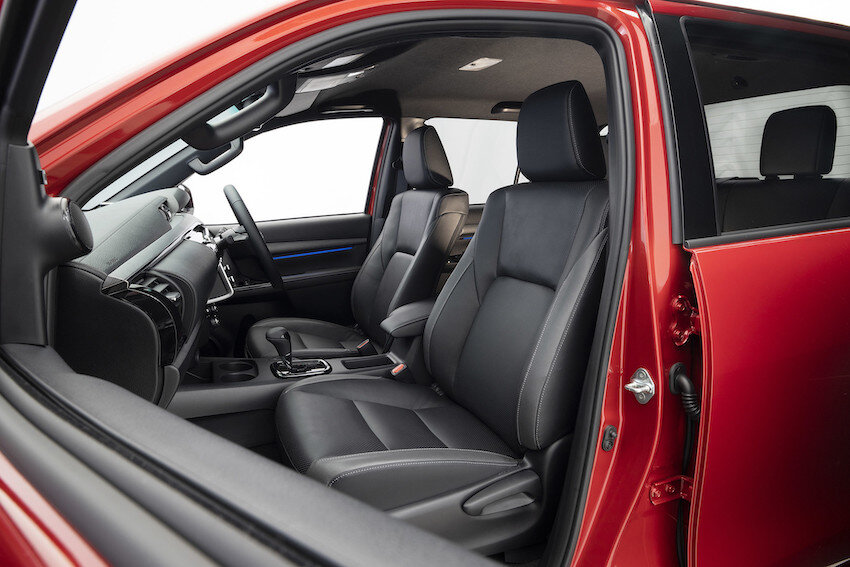
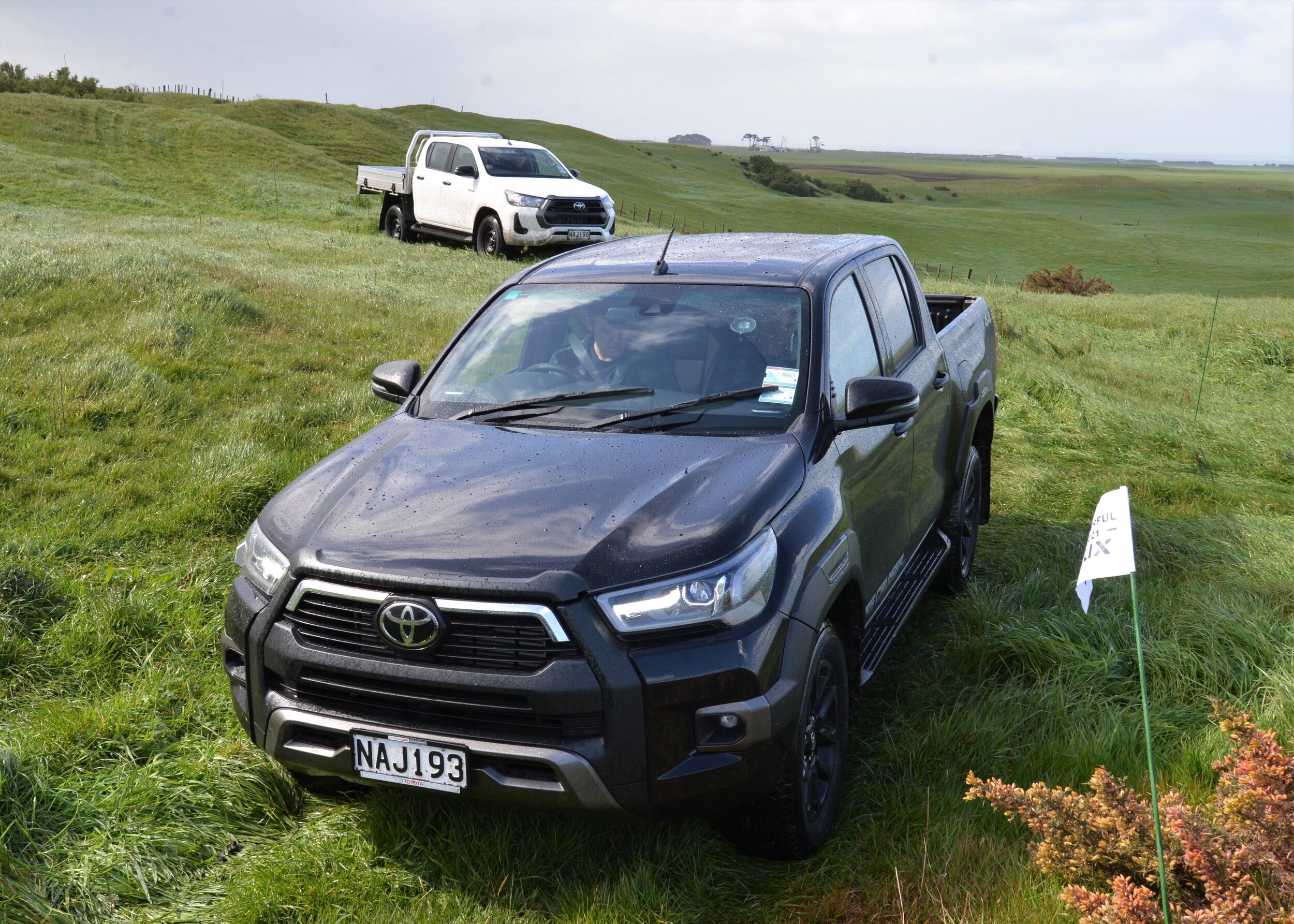
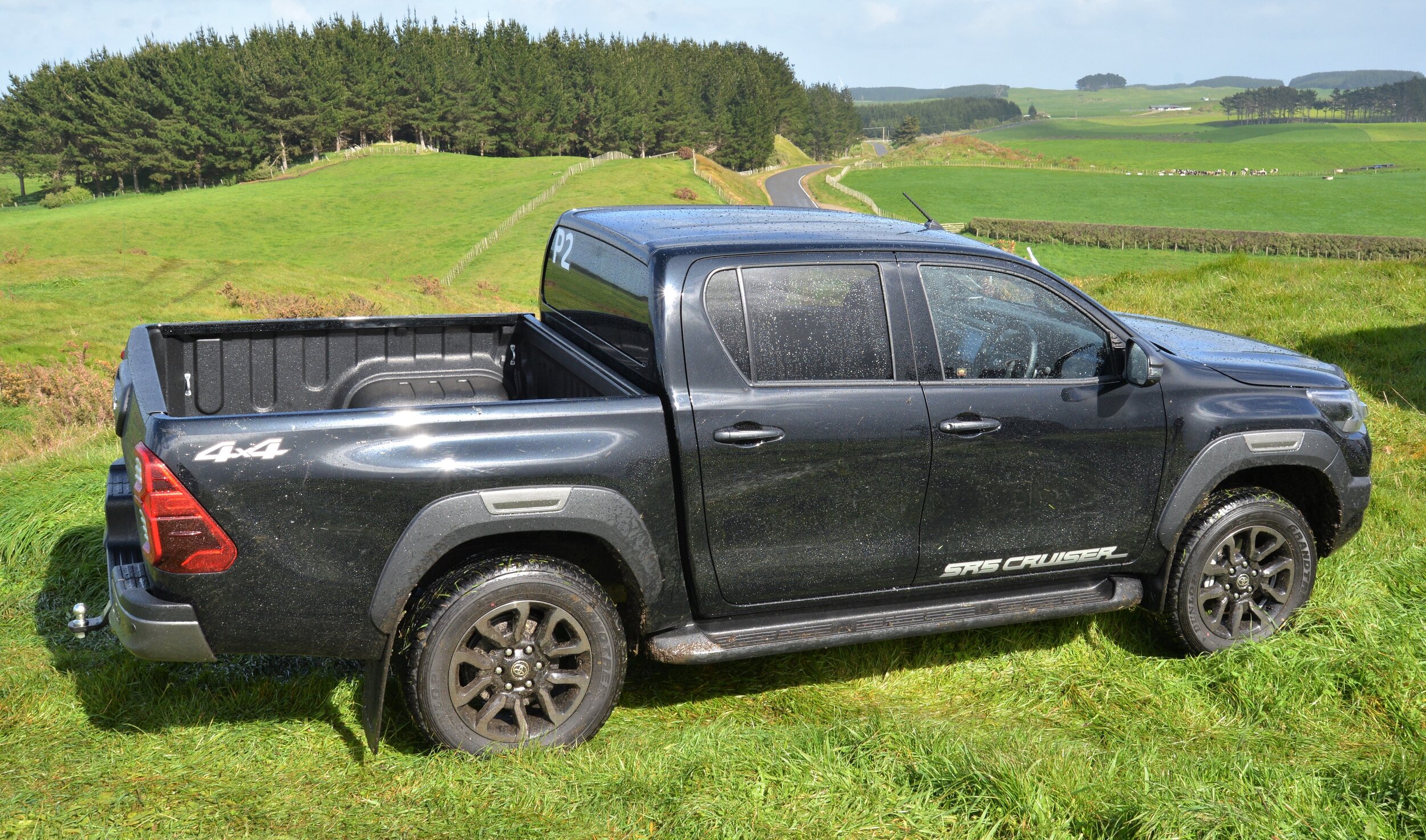
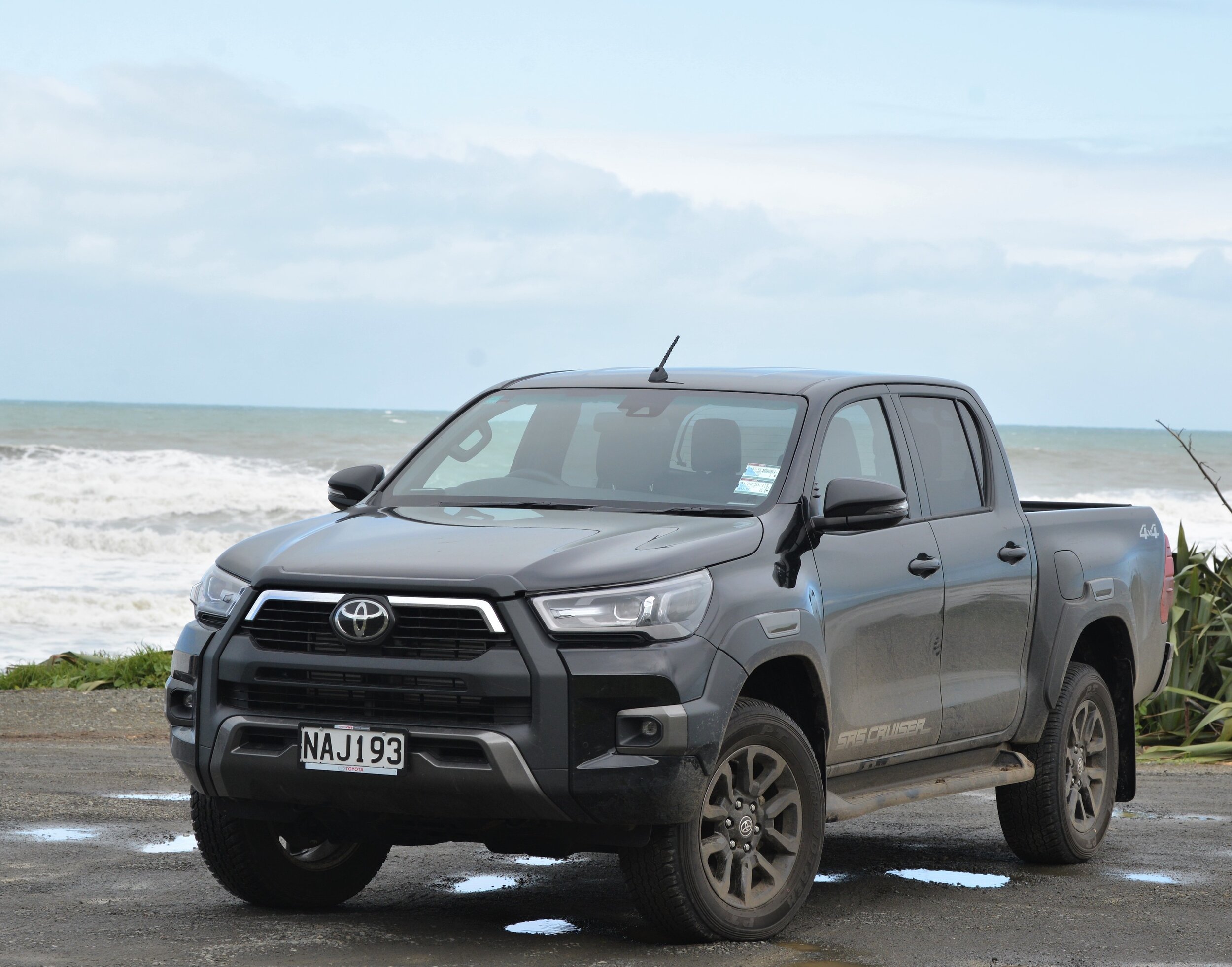
That change is accompanied by the long-awaited introduction of Apple CarPlay and Android Auto functionality. That least when Toyota finally makes the move it is adopted as standard across the full range including the entry-level WorkMate models.
The revised 4.2-inch multi-info display now includes a digital speedo readout.
While rugged off-road capability remains a key part of the Hilux 4x4 skillset there is also the on-road benefit of the standard across-the-range Toyota Safety Sense package.
TSS content includes Dynamic Radar Cruise Control with pre-collision safety and autonomous emergency braking, lane departure alert and road sign assist on all models. There are seven airbags and the 2019 5-star ANCAP rating carries over.
Hill-Start Assist Control is standard and all 4x4 models now have Downhill Assist Control (previously the SR Double Cab 4WD manual missed out on this feature).
It’s been interesting to follow the fortunes of the eighth generation Hilux since it launched in late-2015. The Ford Ranger had taken ute market leadership the previous year as the previous generation Hilux became very long in the tooth.
Since then Hilux has sold in record numbers but has never dislodged the Ranger from No.1 spot for more than an occasional month. Yet last month, it’s first in the market, Hilux beat the Ford on count to take the top step. How many of these were old models at an attractive run-out price; how many were dealer demonstrators? Still, it outwardly seems a good start.
The MY21 is the best-looking Hilux yet and with its improved performance and refinement plus new technology features it has the best chance yet of ute market leadership.







